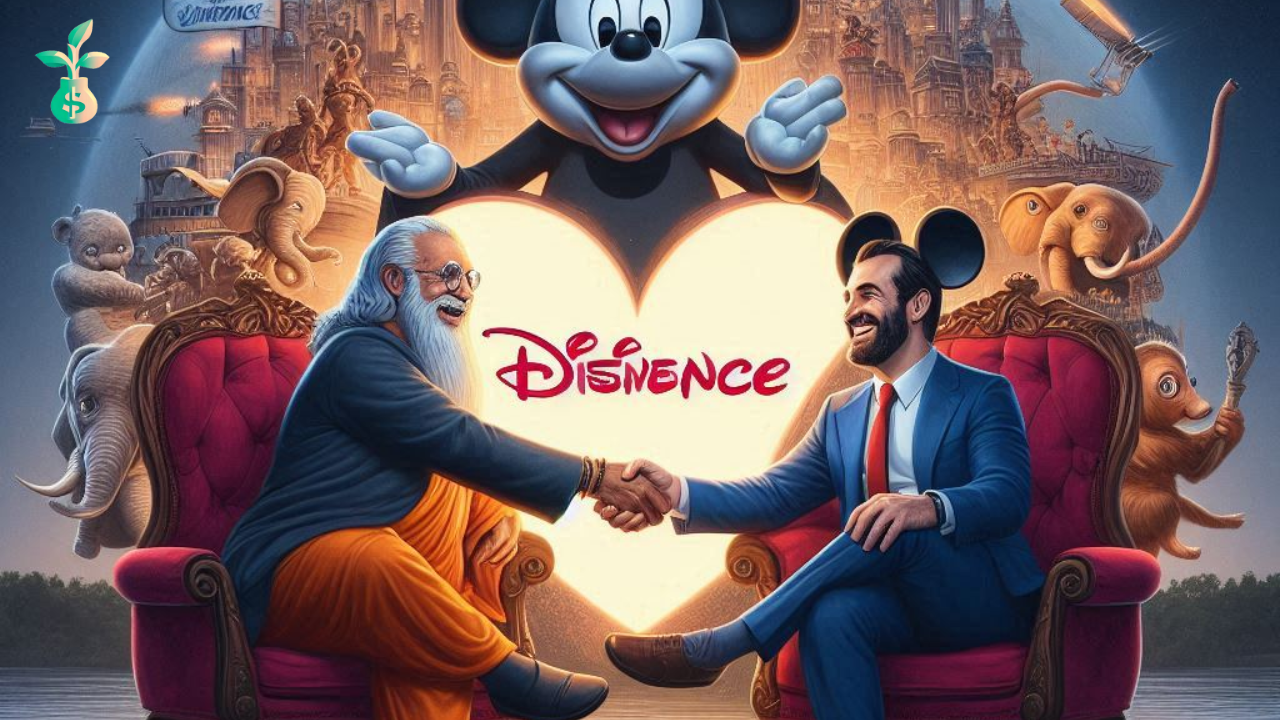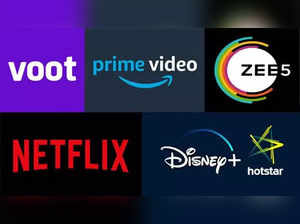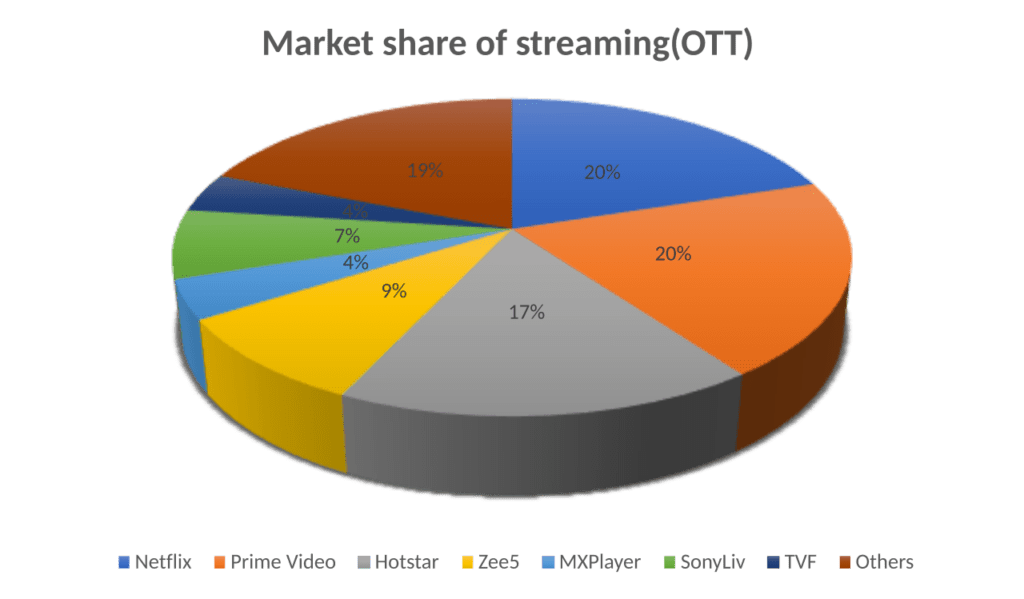
The Rise of India’s Entertainment Giant: How the $8.5 Billion Reliance-Disney Merger Will Reshape Media
Table of Contents
ToggleIntroduction:
India is on the cusp of an entertainment revolution as two colossal companies, Reliance Industries and Disney, join forces in an $8.5 billion merger. The deal is set to reshape the country’s entertainment and advertising landscapes, combining their vast media assets to create a dominant force in India’s entertainment ecosystem.
A New Superpower in Indian Entertainment
This merger isn’t just business as usual. It’s a transformative move that brings together two key players in Indian entertainment: Reliance Industries, India’s largest conglomerate, and Disney, the global entertainment giant. The goal? To create a company that holds 40% of the Indian TV market, reaching 750 million viewers across 120 channels.
At the heart of this deal lies Disney’s Star India, with over 70 TV channels in eight languages, and Reliance’s Viacom18, which runs 38 channels in eight languages. Both companies also own major streaming platforms—Disney’s Hotstar and Reliance’s Jio Cinema—which will further strengthen their digital footprint.

The Power Play in Sports Broadcasting
One of the key aspects of the deal is control over India’s sports broadcasting, particularly the Indian Premier League (IPL), which has a massive following. Owning the broadcasting rights to IPL is a huge win, giving the merged entity control of 75-80% of India’s sports streaming market. This is a prime position in a cricket-obsessed nation where sports draw in massive viewership across both traditional TV and digital platforms.
For Indian consumers, this could mean more convenient access to a wider array of entertainment options—from blockbuster Hollywood movies to local TV shows and sports events—on a single platform. But this consolidation of power also raises concerns about monopolistic practices in India’s entertainment and advertising industries.
Implications for Indian Consumers and Rivals
As Disney strengthens its foothold in the challenging Indian market, it pits the new entertainment giant directly against established competitors like Netflix, Amazon Prime Video, Sony, and over 50 other streaming services.
The merger is not only about content but also about advertising. With 40% of India’s advertising sector potentially under the control of this new entity, smaller companies may struggle to compete, and consumers might face higher subscription prices in the long run due to reduced competition.
India, with its growing population of 1.4 billion and increasing internet penetration, is a goldmine for media companies. The country’s young, tech-savvy audience is highly engaged with streaming services, social media, and digital content, making this a lucrative market for Reliance and Disney to tap into.

Will This Lead to a Monopoly?
While this merger brings numerous benefits for both companies and their shareholders, it also raises red flags about the creation of a near-monopoly in the entertainment space. Monopolies can stifle innovation, limit consumer choices, and drive up prices. As the combined entity captures a larger share of the market, the regulatory authorities will be keeping a close eye on how this affects the competitive landscape.
In the U.S., Disney has already come under scrutiny for its market dominance in media and entertainment. With this merger, similar concerns are likely to arise in India. However, proponents argue that the scale of this new entity is necessary to compete with global giants like Netflix and Amazon, which have deep pockets and massive content libraries.
What Does This Mean for the Future of Indian Entertainment?
The future of Indian entertainment looks exciting and unpredictable. On one hand, consumers will have more choices and access to diverse content, including international shows, movies, and sports events. On the other hand, concerns about monopolistic dominance and the impact on competition remain valid.
For India’s creative industries, this merger could also mean increased investment in local content production. With more resources at their disposal, the merged company can create higher-quality local TV shows, movies, and original digital content. This could pave the way for Indian media to expand its influence beyond domestic audiences, bringing Indian culture and stories to a global stage.
Conclusion:
The Reliance-Disney mega-merger is a game-changer for India’s entertainment industry, with both opportunities and challenges ahead. As the country’s largest entertainment company, the new entity will have unparalleled reach and influence, reshaping how Indians consume media. Whether this leads to a richer entertainment experience for consumers or a more monopolistic landscape remains to be seen. One thing is certain—India’s media scene will never be the same again.
For investors and media enthusiasts, this merger represents the dawn of a new era in Indian entertainment, with vast potential for growth, innovation, and perhaps, controversy.
Contact Us today for any feedback & suggestions. For more insights on business trends and mergers, visit www.moneyplantz.com

Alice Knox
Follow Us On



